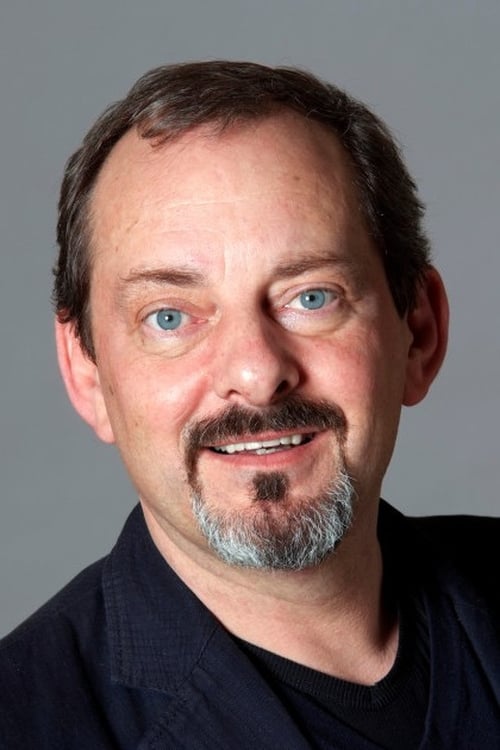Domy mrtvých
Watch Movie
Share
Cast & Crew
1 member
Acting
Otakar Brousek
Commentary (voice)

Similar Movies
Recommended Movies

No Recommendations Yet
We're working on finding the perfect movies for you. Check back soon!
More movies coming soon
Commentary (voice)


We're working on finding the perfect movies for you. Check back soon!